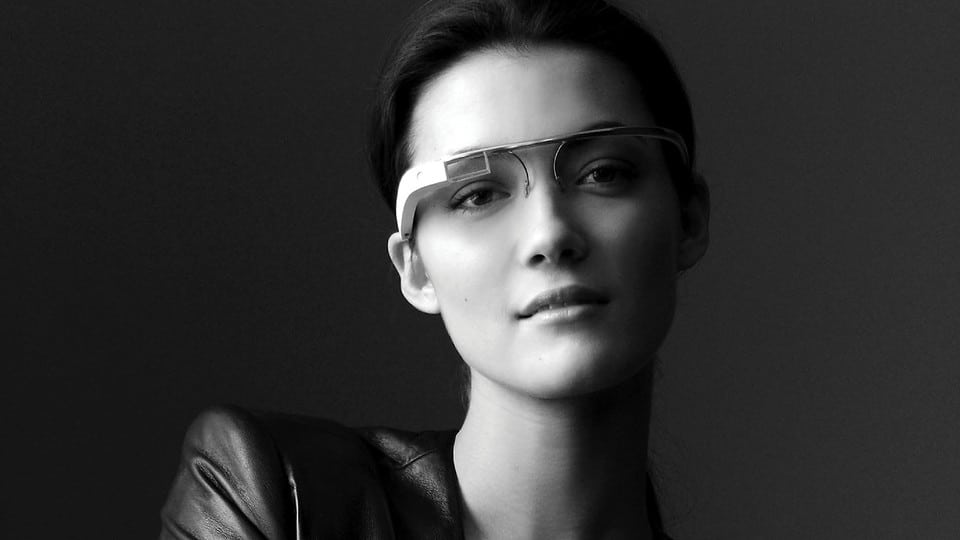Yesterday, Google released the technical specifications for Google Glass in perhaps the briefest possible manner. It comes with adjustable nosepads (and extra nosepads in different sizes). The display is equivalent to watching a 25 inch HD screen from 8 feet away. A camera with capability for capturing 5MP stills and 720p videos. It also comes with Bluetooth and Wifi connectivity, and a battery that is expected to last a day long.
All this is great. We all knew this could take most phones head-on. The interesting part comes in the terms of service. No ads. No fees. And stringent restrictions on how the data captured by the apps can be used (no selling to third party marketers). Google seems to be keen on dispelling all privacy concerns that were receiving air-time on media. It wants the customer experience to be absolutely smooth, with zero advertisements, and it wants everyone to try the product, hence the high-handedness on data usage and the lack of freedom for app developers to charge fees. Although this is bound to change once critical sales levels are achieved.
When Google says no ads, this is not a negative for marketers. In fact, it is a wonderful opportunity. If advertisements had been allowed, most marketers would have looked at this as another channel to be present on, and would have come up with minor variations to their current digital communications to fit the Glass experience.
With advertisements banned, the marketers can now focus on getting out apps for Glass that will enhance the customer experience and interaction with the product, rather than trying to acquire new customers who just happen to be Glass users. This is an opportunity to focus completely on locking in the existing customers who go on to be Glass users (I'm sure there will be plenty of them) by providing them a new experience.
It will be interesting to see how many brands take up this opportunity, instead of looking at the ban on advertisements as a reason to stay away from Glass for now.





CONVERSATION